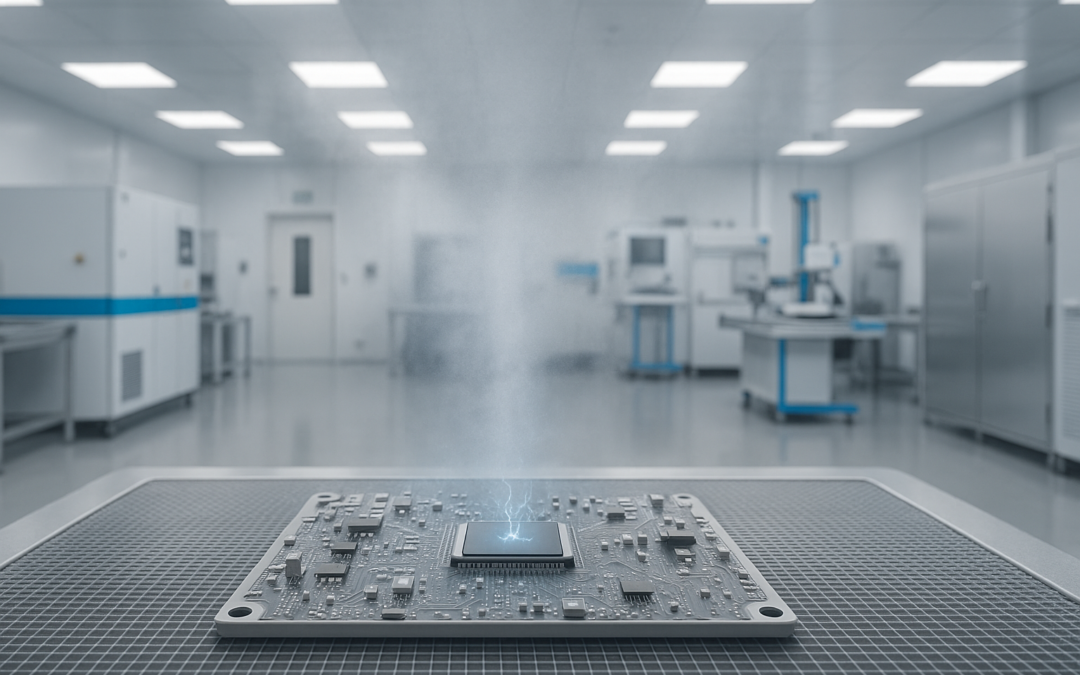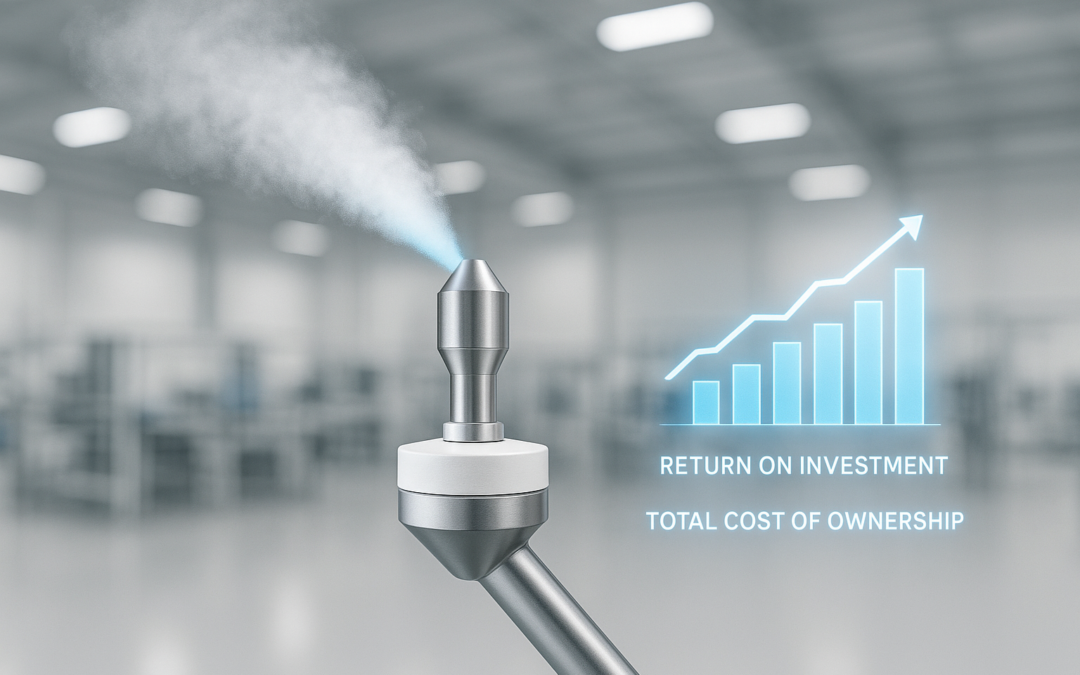There’s a lot of information on the internet about humidifiers. We thought we’d take the time to talk about some things you might not know.
Air Humidifier Market Size
In 2015, the air humidifier market size was around $850 million. That’s a healthy share. Analysts expect the market share to grow from 2016 through 2023. They expect a growth rate of 5.2%. At that point, market share will reach $1.3 billion.
Where do we expect to see market growth?
Well, we suspect that when most people think of air humidifiers, they think of their homes. And when we think of how humidity affects the human body, we think of ourselves. Just mentioning the product brings up images of dry skin and chapped lips. We worry about dry air causing nose bleeds (especially in children) and, very important for those who suffer from it, snoring. Humidifiers alleviate all of these health issues by adding moisture back into the air.
Where we expect to see the most growth in market share, however, is the humidifier’s ability to reduce static electricity. Static electricity’s less critical effects include paper jams in the office copier and dust on computer screens.
We know that static electricity causes significant problems for electronic devices, computers, compact discs, and computer chips. It only takes 10v of static electricity to damage a micro chip. Data centers require low humidity levels (45%-55%RH) to prevent sparks that can damage information technology.
Dry air also causes problems when producing materials that absorb moisture from the air. Examples of such materials are paper, wood, fiber, cloth, some chemicals, and even leather.
So, it makes sense that the humidifier’s industrial uses are where we anticipate the market will increase by seven times.
Avoiding Explosive Dangers
So, we know that low humidity may cause mild discomfort in our personal lives. Low humidity can also cause production issues in manufacturing and computer-related technology. The most dangerous area, though, is explosives. That is where low humidity/static charge is the most unpredictable and creates the highest risk.
Cool-Air Humidifiers
Cool air is one type of humidifier. Cool air humidifiers consist of a chamber and a wick. Water passes through the chamber, and the wick absorbs it. Then a fan blows the moisture from the wick into the room in a fine, cool mist. Cool-mist humidifiers use very little energy and never leave pools of water. Cool-mist humidifiers are useful for growing plants that require moisture but also temperature control. Other industries use them where dust control and temperature control are important.
Warm-Air Humidifiers
Experts anticipate that this type of humidifier will secure a $580 million market share by 2023. Humidifier systems will increase in popularity in the hospital sector and the biological contaminants sector. The reason is the bacteria-free air that they produce. Ultrasonic warm-air humidifiers also are popular because they are quiet and low-maintenance.
Portable Humidifiers
Portable humidifiers enjoyed an 85% market share in 2015. Analysts expect they will maintain high levels over the next seven years. They are convenient and mobile; however, they require regular maintenance to avoid organism growth. They also are high energy users and have issues of low control which may lower market demand.
If you want to learn more about humidifiers, read the Huffingtonpost.com article entitled “What the heck does a humidifier do and why do I need one?” You may also want to view a summary of the”Air Humidifier Market Size, Industry Analysis Report.”
If you want to talk more about humidifiers for your business, or anything else, please contact us. Smart Fog is the leading manufacturer of dry Fog commercial humidifiers. Let us help you find the right solution for your business needs.





